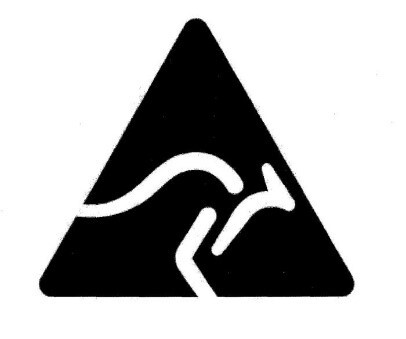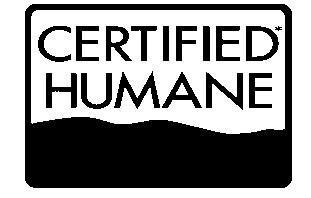Certification trade marks: an underutilised resource
17 September 2021
Certification trade marks (CTMs) are an underutilised part of the Australian trade marks system, with only around 750 CTMs registered or pending at the time of writing (compared to around 860,000 conventional trade marks).
In this article, we consider the benefits of registering CTMs and review a recent decision by the Australian Competition and Consumer Commission (ACCC), which highlights the criteria which must be met before a CTM is accepted for registration.
What is a CTM?
CTMs are a special type of trade mark used to indicate to consumers that goods bearing that mark (or services provided by reference to the mark) possess a particular characteristic, or meet a particular standard.
Examples of well-known CTMs include the Australian Made and Wool Mark logos, pictured below.
 |  | |
| Australian Trade Mark No. 451318 | Australian Trade Mark No. 185835 |
What are the benefits of CTMs?
A CTM is intended to be used by traders whose goods or services meet the rules which have been set for use of the CTM. Those rules are publicly available, and must be approved by ACCC.
This benefits consumers, who can rely on CTMs as indicators of a particular characteristic or quality when comparing and purchasing goods/services.
CTMs also benefit traders, industry groups or associations. When utilised appropriately, CTMs can function as a “badge of quality” to attract and retain consumers.
The use of CTMs can also be licensed for a fee, which can generate a revenue stream for the owner and offsetcosts of training approved certifiers and third party compliance auditors.
ACCC approval
An applicant for a CTM must file a set of rules governing the use of the CTM with its application (Rules). The ACCC assesses the Rules for compliance with Australia’s competition and consumer protection regime, including that the CTM will not mislead consumers, be unfair, or anti-competitive.
Amongst other things, the Rules must specify:
- the requirements that the certified goods/services must meet;
- the process for determining whether these requirements have been met; and
- the attributes that a person must possess in order to become an approved certifier of the CTM.
If the ACCC is satisfied that the Rules meet all requirements, the Registrar of Trade Marks may then accept the CTM application for registration – provided the conventional requirements for trade mark applications are also met.
A recent ACCC decision – CERTIFIED HUMANE
In March 2018, Humane Farm Animal Care (HFAC) filed an application to register the following mark as a CTM:

The rules accompanying the application (HFAC Rules) indicated that the mark would certify that meat, poultry, egg and dairy products bearing the mark complied with HFAC’s animal care standards for raising, handling and processing livestock and poultry.
In June 2021, the ACCC made a final assessment to reject HFAC’s application on the basis that:
- some of the standards were “unlikely to meet consumers’ expectations of humane animal treatment”;
- The HFAC Rules included standards that were inconsistent with Australian animal welfare standards and guidelines and model codes of practice;
- Relatedly, the HFAC referred to international regulators and guidelines rather than to Australian ones;
- the HFAC Rules as drafted would make it impractical for third party licensees and approved certifiers to implement the rules;
- The process for certification included inconsistencies, which meant it was not clear what standards were applied to goods bearing the CTM.
Key takeaways
Despite the benefits CTMs provide to the owner of the CTM, authorised users and consumers, CTMs remain an underutilised resource in Australia.
Although HFAC’s application was unsuccessful, the successful registration of other CTMs demonstrates registration is achievable provided the ACCC’s requirements are met. HFAC’s unsuccessful application is a reminder that an applicant for a CTM should ensure:
- its rules comply with all of the requirements set by the ACCC;
- its rules are consistent with all applicable Australian regulations, guidelines or codes of practice;
- vague language, such as compliance with the ‘spirit’ of the rules, is avoided; and
- the rules are clearly drafted and easy to comply with.
Businesses which are considering applying for a CTM are encouraged to seek legal assistance in preparing their application and accompanying rules.
Authors

Partner

Special Counsel
Tags
This publication is introductory in nature. Its content is current at the date of publication. It does not constitute legal advice and should not be relied upon as such. You should always obtain legal advice based on your specific circumstances before taking any action relating to matters covered by this publication. Some information may have been obtained from external sources, and we cannot guarantee the accuracy or currency of any such information.


